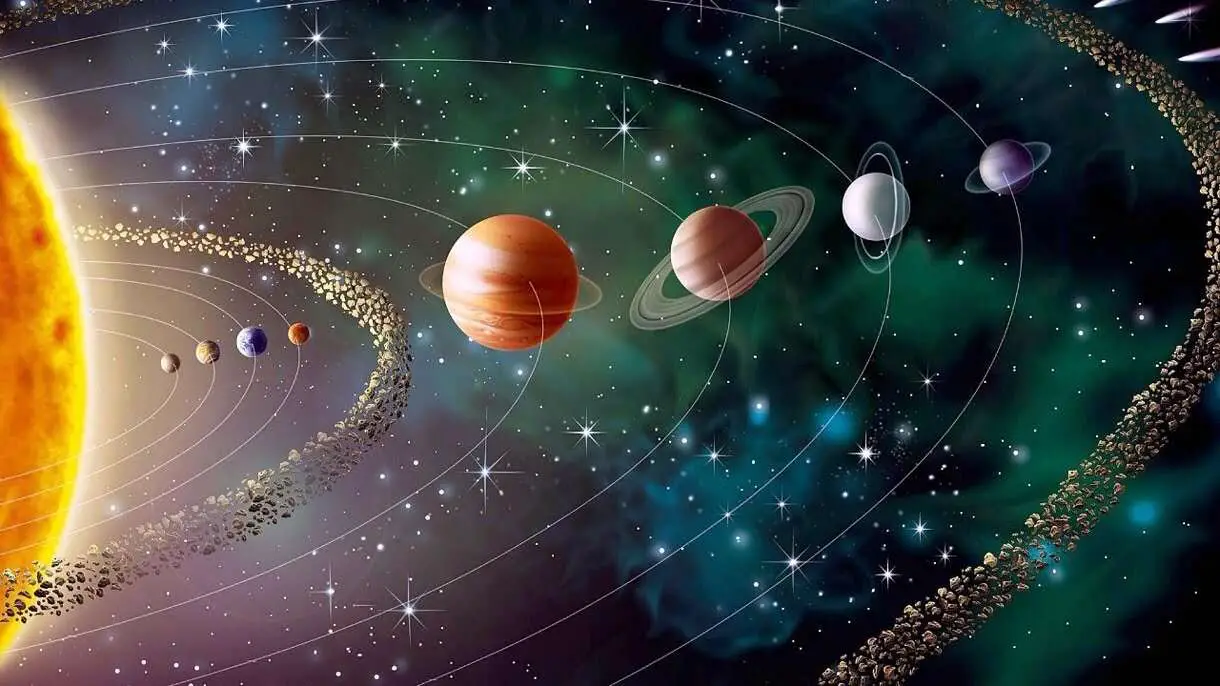Whenever you see into the night sky, there are so many dots and small circles in the sky…!!! So, what are they? These are clusters of stars and planets that are visible to us during nighttime from our mother earth. What is the difference between a star and a planet? I mean they both look almost the same to us…!!!
Stars are self-luminous celestial bodies that produce their own light and energy. Planets do not produce their own light, instead, they reflect light from the host star. Apart from this, there are so many other differences that we are going to discuss in this article. In fact, we will also talk about some of the similarities between them too.
Stars vs Planets
| Stars | Planets | |
| 1. | Stars are self-luminous celestial bodies that produce their own light and energy. | Planets do not produce their own light, instead, they reflect light from the host star. |
| 2. | Stars produce energy through nuclear fusion reactions in their core. | Planets do not produce energy, however, some may have internal heat sources. |
| 3. | Stars orbit around their galaxy’s center. | Planets orbit around their host star. |
| 4. | There can be only 1 star per solar system. | There can be more than 1 planet per solar system. |
| 5. | Stars are much bigger and heavier than planets. | Planets are much smaller and lighter than stars. |
| 6. | Stars generally have a very high temperature. | Planets relatively have low temperatures in comparison to stars. |
| 7. | They are made up of lighter elements like hydrogen, helium, lithium, deuterium, etc. | They are made up of solid, liquid, gas, or a combination of all of them. |
| 8. | Stars travel at a very high speed. | Planets travel at a very low speed in comparison to the stars. |
| 9. | Stars twinkle at night. | Planets do not twinkle at night. |
| 10. | Stars are dot-shaped. | Planets are spheroid-shaped. |
Definition of Star
Stars are self-luminous celestial bodies that are held together by its own gravity. It produces its own light and energy by fusing hydrogen into helium in its core. Their classification depends on their brightness, temperature, and composition. They are made up of lighter elements like hydrogen, helium, lithium, deuterium, etc.
Just because they are so far away from us, stars seem to be dot-shaped. They can be of various sizes and colors. The size of a star can be between 1 solar mass to 150 solar masses as the maximum size for a star.
Definition of Planet
Planets are non-luminous celestial bodies that do not produce its own light. Instead, they reflect light from the host star. In our case, planet earth reflects light from the host star i.e the sun. Their classification depends on size, composition, and distance from their host star.
According to Johns Hopkins University, Astrophysicists have concluded that any planet can be no bigger than about 10 times the mass of Jupiter. Unlike stars, planets are made up of rocks, metals, or gas. They have a defined atmosphere, surface, and gravitational pull.
That’s it for this post. If you like this article, share it if you like, like it if you share it. You can also find us on Mix, Twitter, Pinterest, and Facebook. Hey man, If you have come this far, do give us feedback in the comment section. It would make my day. You can also make a donation. Your donations will help us to run our website and serve you BETTER. Cheers!!!
You might also like:
- Real Life Examples of Newton’s First Law
- Examples of Newton’s 2nd Law of Motion in Everyday Life
- Newton’s 3rd Law Examples in Everyday Life
- Gravitational Force Examples in our Daily Life
- Little g vs Big G – Differences & Similarities in Tabular Form
- Journey Of A Star To A White Dwarf
- Neutron Star and it’s uncertain Mass Limiting Formula
- Why won’t our Sun Become a Black Hole?
- Black Holes – Definition, Formation, Types & History
